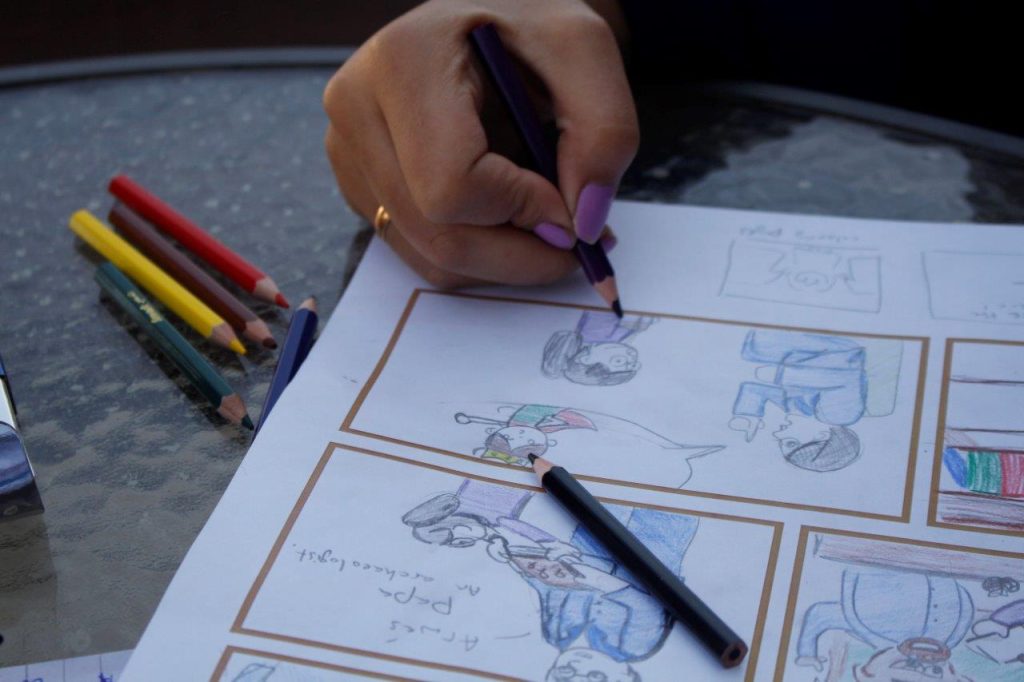The Versatility of 2D Art
2D art in games can take on many forms. It can be the beautifully illustrated characters and environments of a hand-drawn indie game, the pixel art sprites reminiscent of classic titles, or the sleek and minimalist design seen in many mobile games. This adaptability allows game developers to choose a style that fits their game’s narrative and target audience.
Storytelling Through Art
2D art is a powerful medium for storytelling. Richly detailed backgrounds, character expressions, and carefully crafted animations can convey emotions, plot twists, and the essence of the game’s world. It adds depth and context to the narrative, making the player’s journey more immersive.
Pixel Art: A Timeless Classic
Pixel art, with its deliberate simplicity and retro aesthetic, continues to captivate gamers worldwide. Games like “Stardew Valley” and “Undertale” have demonstrated that pixel art is not just a nostalgic throwback but a legitimate and beautiful art form that can tell compelling stories.
Hand-Drawn Art: An Expression of Artistry
Some games opt for hand-drawn 2D art, creating visually stunning and unique experiences. Titles like “Hollow Knight” showcase the intricate details and craftsmanship that can be achieved through hand-drawn art. The result is a world that feels meticulously crafted, inviting players to explore every corner.
UI and Iconography
2D art isn’t limited to just in-game visuals. User interfaces (UI) and icons are critical for guiding players and conveying information. Clean, intuitive, and aesthetically pleasing UI designs enhance the overall gaming experience.
Character Design
Memorable characters are often at the heart of great games. Talented 2D artists can create characters with distinct personalities and traits through their designs, making players form deep connections with these digital personas.
Accessibility and Performance
2D games tend to have lower system requirements compared to their 3D counterparts. This accessibility allows a broader audience to enjoy games, even on less powerful devices. Additionally, the reduced complexity of 2D graphics can result in smoother performance and quicker development times.
Indie Game Renaissance
The rise of indie game development has given 2D art a well-deserved resurgence. Smaller development teams often leverage 2D art due to its cost-effectiveness and the freedom it offers for creative expression. This has led to an abundance of unique and innovative indie titles that captivate players with their artistry.
Community and Tools
The 2D art community is vibrant and welcoming. Artists share techniques, resources, and collaborate on projects, fostering growth and creativity. There are also numerous tools and software like Adobe Photoshop, Aseprite, and Procreate designed specifically for 2D game art creation.
Conclusion
2D art in game development is more than just pixels on a screen; it’s a gateway to rich storytelling, nostalgia, and artistic expression. Whether you’re a seasoned game developer or an aspiring artist, understanding the significance of 2D art can deepen your appreciation for the craft and inspire you to explore its boundless possibilities. As technology advances, 2D art remains a timeless powerhouse, proving that sometimes, simpler can be even more captivating than the most elaborate 3D worlds.
